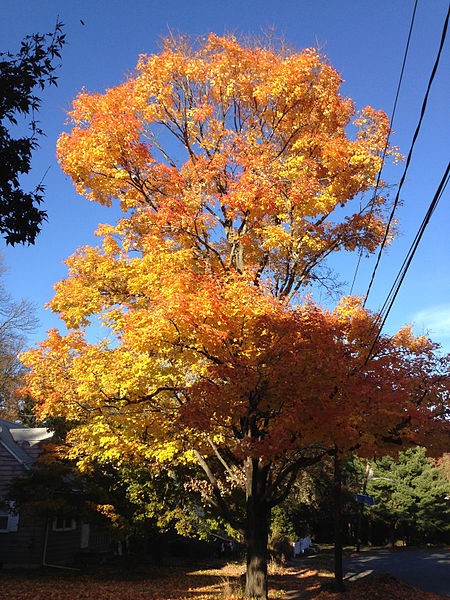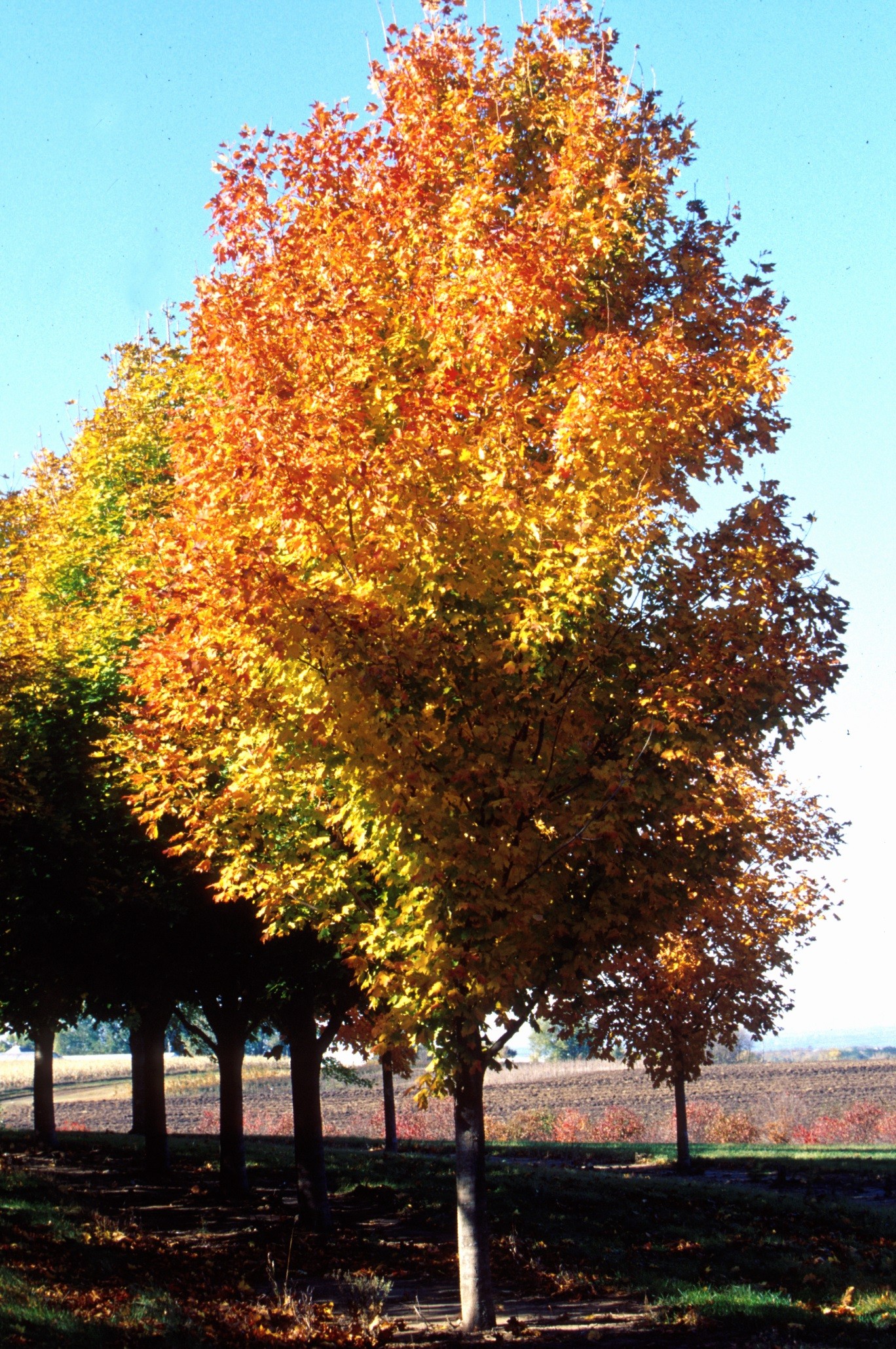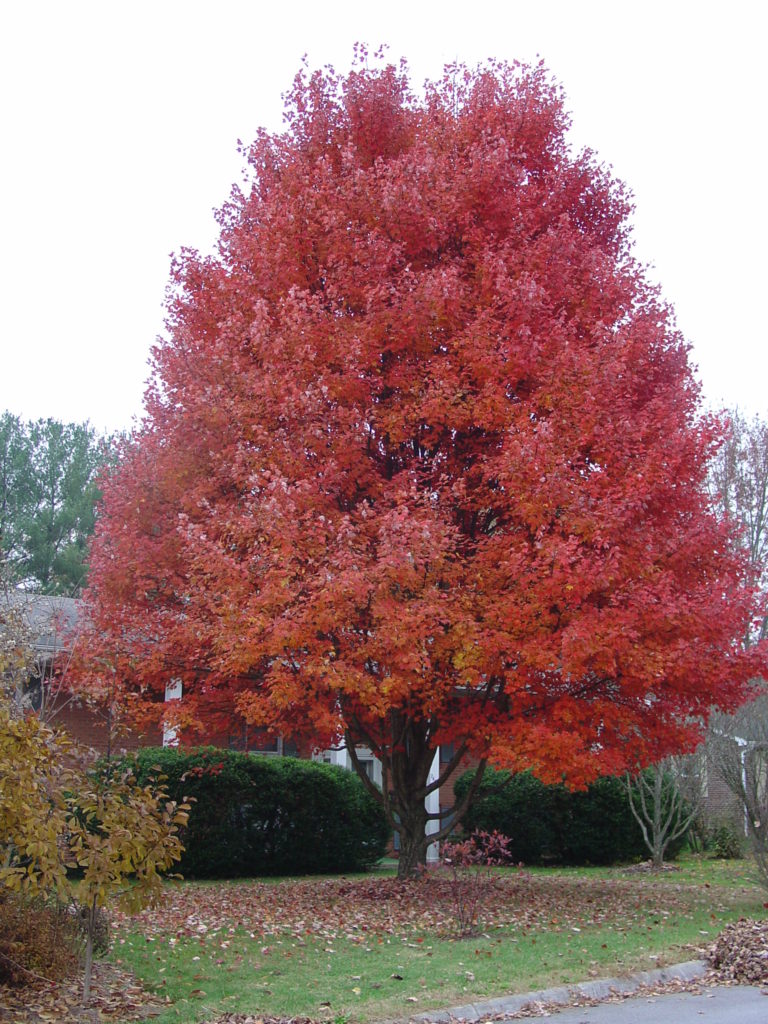This time around, we shall cover Fertilizer For Sugar Maple Trees. Obviously, there is a great deal of information on When To Fertilize A Maple Tree on the Internet. The fast rise of social media facilitates our ability to acquire knowledge.
fertilizer for sugar maple trees-related material is also connected to Maple Tree Fertilizer Recommendations and Maple Tree Fertilizer Recommendations. As for further searchable items pertaining to Best Fertilizer For Autumn Blaze Maple Trees, they will likewise have anything to do with Best Fertilizer For Autumn Blaze Maple Trees.

20 Reference List: Fertilizer For Sugar Maple Trees | Maple Tree Fertilizer Recommendations
- Medicinally, sugar maple bark came in handy for use in eye drops, cough suppressants, blood purifiers, and dermatological aids. A. saccharum lumber was used to make oars, furniture, handles, and woodenware. - Source: Internet
- There are two species of bud miners, Proteoteras moffatiana and Obrussa ochrefasciella, that overwinter in the terminal bud of the sugar maple and kill it. This causes repeated forking, which reduces the length of viable logs. It also adds to the risk of crown loss through splitting. - Source: Internet
- Choose a wide-open space with plenty of sunshine and fertile, well-drained soil. Slightly acidic to alkaline soil is tolerated, but any salt in the soil will destroy your maple tree. It is not a good candidate along streets or roads where salt is used as a deicer in the winter. - Source: Internet
- Sugar maples are large deciduous trees that form a beautiful crown. On a domestic landscape, they will grow to between 60 and 75 feet tall. In the wild, however, they grow much taller. In their native environment, they will average between 80 and 115 feet, and on rare occasions, will be as tall as 150 feet. A forest-grown maple forms a much taller trunk and a narrower canopy with a spread between 60 and 80 feet. - Source: Internet
- If you over-fertilize a Japanese maple, water it with 4-5 gallons of water. Repeat this after a few days. Also, replenish the topsoil if possible, but avoid damaging the roots. - Source: Internet
- The sugar maple (Acer saccharum) is native to North America. Its native range runs from Southeast Canada through New England along the Eastern seaboard down to Georgia and as far west as Minnesota. The species covers more than 31 million acres of land and produces 6% of the hardwood saw timber in the United States. - Source: Internet
- Tar spot is a fungal disease which, thankfully, is more of an aesthetic condition than an actual threat to Acer health. The tar spot seen on maples is caused by Rhytisma acerinum, R. americanum, and R. punctatum. - Source: Internet
- Origin Sugar Maple (Acer saccharum) is native to Eastern North America, occurring in highlands and valleys on fresh to moist soil. The tree is economically important in the region today as it is used for the production of Maple Syrup and for timber. A stylized, red maple leaf even adorns the Canadian flag. Botanically, it belongs to the Soapberry family (Sapindaceae). - Source: Internet
- Acer saccharum Whether it’s a stack of pancakes or a bowl of piping hot oats for breakfast, I’m always ready and waiting with a Basque-style glass bottle of maple syrup. The ol’ pancreas may not appreciate my carbolicious meal, but with each bite I become more and more appreciative of maple syrup – the savior of bland breakfasts everywhere. We link to vendors to help you find relevant products. If you buy from one of our links, we may earn a commission. - Source: Internet
- In some regions, the leaves can suffer from leaf burn and margin scorch if exposed to too much strong sunlight during the summer. If no protective measures are taken at this time, the leaf color in the fall will be very poor and the leaves may even fall off in advance, spoiling the ornamental effect. If a maple has severely scorched leaves, some of these leaves may be removed during August and September. It is not recommended to remove leaves from less vigorous sugar maple varieties, such as Acer shirasawanum aureum. - Source: Internet
- Care In its early years, it is advisable to give sugar maple plenty of water during dry periods and to fertilize in spring with horn shavings or mature compost. A note of caution: Never use a hoe as this could damage the shallow roots. Acer saccharum is very hardy once well established. - Source: Internet
- The sugar maple is also a gorgeous tree, might I add. That, in combination with its hardwood, makes it a plant of many talents. It’s certainly worth adding to anyone’s garden… especially yours! - Source: Internet
- Leaves The green leaves of the Sugar Maple have three to five lobes, are oppositely arranged, and 3.15 to 5.91 inches wide. They look similar to the leaves of Norway Maple, however, unlike that species, they do not contain a milky sap. The foliage looks particularly impressive in fall: the leaves turn a yellow-orange to fiery red-orange color, allowing the sugar maple to play its part in the “Second Summer” in North America. - Source: Internet
- The sugar maple is adapted to regions with a cool, moist climate in hardiness zones 3 through 9. That being said, the temperatures in its natural range can vary from -25℉ in the northeast to 100℉ in the south. The tree can withstand occasional extreme temperatures. - Source: Internet
- Sugar maples that have been given ample room to flourish produce about twice the amount of sap as those grown in forest settings. You’ll need a drill bit that’s 7/16 of an inch in diameter, a maple spile or spout, a bucket with a cover for sap collection, and a metal collection pail. Lehman’s offers a tapping bit for a hand drill, a stainless steel spout with a bucket-hanging hook, a three-gallon high-impact plastic sap collection bucket, and a blue plastic bucket cover. Begin tapping in late winter or early spring, when nighttime temperatures still drop below 32oF and daytime temperatures rise above freezing. Choose a tree that’s at least about four to five years old, with a minimum trunk circumference of 31 inches at four and a half feet above the ground. - Source: Internet
- Depending on the diameter and circumference of the trunk, a single tree can have up to 3 taps at a time. An average tree can produce about 10 gallons per year. Keep in mind that it takes 40 to 50 gallons of sap to produce 1 gallon of maple syrup. - Source: Internet
- When you first plant a sugar maple, make sure you water the sapling deeply. Then, it requires two watering sessions per week until its root system is established. The amount of water will vary depending on the growth rate and overall size. A good rule of thumb is to start with a baseline of 5 gallons of water and add 5 gallons for each inch of trunk diameter measured 4 feet off of the ground. - Source: Internet
- It usually takes about 30 to 50 gallons of Sugar Maple sap to cook up one gallon of pure maple sugar. Harvesting requires tapping the tree and allowing the sap to drip out into a bucket attached to the tree’s trunk. The Sugar Maple sap is then left to evaporate in large pans, or boiled down, to create maple syrup as you know it. Do not start trying to harvest the sugar from your trees until they are at least 12 inches in diameter. Twelve inches is the approximate size of a tree that is 30 years old or more. - Source: Internet
- You should also avoid fertilizing the maple immediately after planting. This is because trees from the nursery usually have a whole year’s supply of fertilizer. Do not start fertilizing until the following spring. - Source: Internet
- Compost works best as an organic fertilizer. Find a local supplier of quality compost with good reviews. This choice should be made with the utmost responsibility, as poor quality compost can have negative consequences. - Source: Internet
 Here are some recommendations for locating information about Best Fertilizer For Autumn Blaze Maple Trees to get you started:
- Research Effects of two Ca fertilizer types on sugar maple vitality-related information from credible sources. This includes libraries, websites, and even journalistic professionals.
- When researching Best Fertilizer For Autumn Blaze Maple Trees, it is vital to be aware of the numerous sorts of electronic media sources, such as Google and YouTube. Social media networks, such as Facebook and Twitter, are also likely to include information on How to Grow and Care for Sugar Maple Trees.
Here are some recommendations for locating information about Best Fertilizer For Autumn Blaze Maple Trees to get you started:
- Research Effects of two Ca fertilizer types on sugar maple vitality-related information from credible sources. This includes libraries, websites, and even journalistic professionals.
- When researching Best Fertilizer For Autumn Blaze Maple Trees, it is vital to be aware of the numerous sorts of electronic media sources, such as Google and YouTube. Social media networks, such as Facebook and Twitter, are also likely to include information on How to Grow and Care for Sugar Maple Trees.Video | Fertilizer For Sugar Maple Trees
To obtain the most accurate information on Maple Tree Fertilizer Ratio, it is essential to investigate the credibility of each source by reading.
This page contains multiple What Is The Best Fertilizer For Red Maple Trees-related films from a variety of sources, which can expand your understanding about What Is The Best Fertilizer For Red Maple Trees. Internet is an excellent resource for getting information on a range of subjects.
## Here are some crucial aspects concerning What Is The Best Fertilizer For Japanese Maple Trees?:- Fertilizer For Sugar Maple Trees
- Best Fertilizer For Sugar Maple Trees
- What Fertilizer To Use For Sugar Maple Trees
- Maple Tree Fertilizer Recommendations
- Maple Tree Fertilizer 10-4-6

With so many websites and forums giving Sugar Maple-related information, it is not difficult to locate what you want.
This is a highly unconventional method for obtaining knowledge on What Is The Best Fertilizer For Red Maple Trees, compared to what most people are accustomed to. It permits a more in-depth examination of the content and application of information regarding Effects of two Ca fertilizer types on sugar maple vitality.
 Methods for creating aesthetically pleasing and informative presentations of fertilizer for sugar maple trees information. They can be utilized in business and marketing environments to convey messages regarding Sugar Maple Tree: A Complete Care Guide. Consequently, we additionally supply photographs regarding What Is The Best Fertilizer For Red Maple Trees.
Methods for creating aesthetically pleasing and informative presentations of fertilizer for sugar maple trees information. They can be utilized in business and marketing environments to convey messages regarding Sugar Maple Tree: A Complete Care Guide. Consequently, we additionally supply photographs regarding What Is The Best Fertilizer For Red Maple Trees.
This article concludes by providing an overview of Sugar Maple Tree for Sale - Buying & Growing Guide. In addition, fertilizer for sugar maple trees and When To Fertilize A Maple Tree are discussed to compare your understanding of Maple Tree Fertilizer Recommendations.